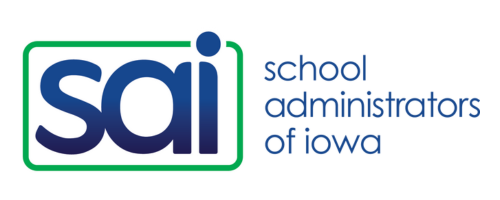Effective Superintendent & School Board Collaboration
Date postedOctober 9, 2025
Check out these key findings, recommendations, and best practices from recent research to foster an effective and productive working relationship with the board.
Research synthesized:
- “Fostering Stronger Superintendent-School Board Relations,” by Dorothy Rohde-Collins and J. Cameron Anglum, which appears in the AASA 2024 Fall Journal of Scholarship and Practice.
- "Effective Superintendent & School Board Collaboration." Hanover Research, Hanover Research, 2021.
Findings:
- Most effective boards are clear about what their role and responsibilities are and those of the superintendent.
- Strong communication and trusting relationships between boards and superintendents positively impact school leadership and student achievement (see Franklin Covey’s 13 behaviors of high trust for insight to amplify trust).
- Effective governance includes establishing a “policy governance” model– the board communicates what it wants as outcomes for the district, and the superintendent manages operations to achieve the outcomes—and a “governance mindset,” meaning the board’s focus is on improving the system, not single issues.
- “Superintendent-school board teams should consider adopting a code of civility to ensure respectful, productive meetings.”
- Superintendents should engage productively in conflict-negotiation and consensus building.
Recommendations:
- Develop a Code of Civility in collaboration with the board. (More about a Code of Civility in the Hanover Research Doc)
- Adopt a “policy governance” mindset.
- Find common ground through values based dialogue and consensus building.
- Create opportunities to develop relationships among board members outside of official meetings. You might consider all sharing a meal prior to a meeting, engaging in 1 on 1’s with board members, and attending professional learning together. Know and understand the unique perspectives and priorities of each board member and work with the board president to bring everyone together around your shared goals.
- Prioritize the superintendent-board president relationship. “This includes meeting regularly to plan, monitor, and implement district strategy; proactively address internal issues with the board; identify patterns of concern in stakeholder relationships; and determine professional development goals for the governance team.”
- Keep in mind the value and importance of the board meeting. “Over the course of the year, the meeting agenda and minutes should demonstrate the district’s priorities and honestly portray the district’s challenges and successes.”
- Communicate, communicate, communicate! “One of the superintendent’s main responsibilities is to provide “thorough and objective data to support recommendations and ultimate decisions for authorizing an allocation of resources,” (Balch & Adamson, 2018, p. 61) yet many board members exhibit inaccurate knowledge of district conditions (Shober & Hartney, 2014).”
- Build political skill. Be proactive in building rapport with diverse groups of stakeholders.
Best Practices:
- Establish clear roles and responsibilities.
- Develop and sustain strong communication plans:
- Determine the desired frequency of communication.
- Develop standards for communication (e.g., when, how).
- Allow the board president and superintendent to build meeting agendas together.
- Provide board members with regularly scheduled updates, in accordance with the open records law requirements.
- Allow regular opportunities for principals to report directly to the board during board meetings.
- Determine the process for governing board member communications about building-level or staff issues and clarify the superintendent's role.
- Ensure open and honest communication between the board and superintendent, where both parties listen effectively to one another.
- Build strong relationships with board members.
- Establish rapport with new board members ASAP.
- Ensure equal treatment of all board members.
- Listen to board members with the purpose of understanding their perspective—be interested; get curious.
- Seek advice from board members when appropriate.
- Learn together – engage in professional learning with the board.
- Acknowledge and celebrate each other’s success.
